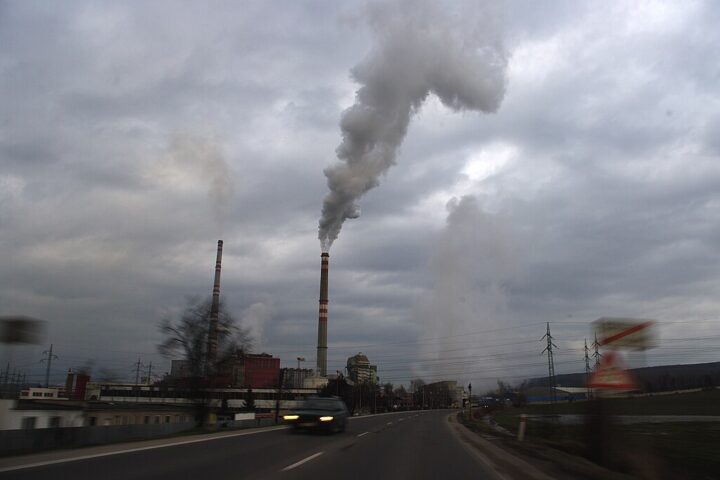Canadian firm, GHGSat, has launched the world’s first commercial CO2 sensor satellite into orbit. The GHGSat C10 or Vanguard will be the first space-based environment monitoring satellite to collect and disseminate data on CO2 emissions by the precise individual plants or companies worldwide. This ability of the satellite can transform the fields of CO2 monitoring, global stocktaking, and climate policymaking at national and international levels.
GHGSat is a Canada-based firm that pioneered the identification of methane sources worldwide in 2016. Its demonstration satellite, Claire, was the first satellite to accurately pinpoint the sources of methane emissions, down to the cow burps. The firm collects GHG emissions data using its constellation of nine methane sensing satellites, and sells it to companies, governments, and national and international bodies like NASA and United Nations. GHGSat’s new generation Vanguard is the first CO2 monitoring satellite that is launched by a private firm, beside being the only environmental monitoring satellite that can attribute the CO2 emissions to individual industrial sites.
Vanguard Will Carry Ghgsat’s Novel Instrument To Space.
Drawing on its space-based environment monitoring technological expertise, the firm has equipped Vanguard with the same patented instrument that detected methane sources down to the cow burps. This instrument, Wide Angle Fabry–Pérot Interferometer, has been refashioned to detect the precise CO2 sources from the altitude of 500 kilometers from the Earth’s surface. The satellite will orbit the whole Earth every two weeks and provide regular information on newly identified and extant CO2 spots on the planet.
The launch marks a significant landmark in the field of space-based carbon monitoring. The extant remote-sensing public satellites have struggled to pinpoint the precise and site-specific sources of carbon dioxide emissions. The only (and first) satellite that came close to doing so was NASA’s Orbiting Carbon Observatory 2 (OCO-2), when it succeeded in measuring the fluctuation in CO2 emissions from Europe’s largest coal-fired power plant in January this year. If the Wide Angle Fabry–Pérot Interferometer could detect the emission sources of the most fugitive gas, methane, then it can certainly hone in on the sources of the most common GHG, i.e., CO2.
Similar Posts
Revolutionizing The Carbon Market, Monitoring, And Stocktaking.
The satellite holds the potential to transform the way carbon monitoring, carbon stocktaking, and carbon trading is conducted worldwide. Most companies today monitor and manage their GHG emissions using the continuous emissions monitoring systems (CEMS). However, Vanguard will provide independent and actionable carbon emission intelligence to the carbon-intensive industries, which will give them a holistic picture to manage their carbon footprints better. The governments and regulators will be able to take informed decisions based on accurate and reliable information and curb the emissions level in their respective countries. The satellite will also help in global stocktaking at international climate forums, where the countries gather to review progress and set new agendas. Stephane Germain, CEO at GHGSat, said, “Trusted, independent data…will help all of us stay on track to achieve Net Zero by 2050.”
Carbon trading today has become an essential component of the toolkit deployed to achieve carbon neutrality across the globe. The carbon-intensive industries, if provided with credible emission data on carbon measurements, will be able to take informed market decisions. This will especially help those countries of the world that have nascent carbon markets.
GHGSat, with a constellation of nine methane sensing satellites in space, is planning to launch new missions that will further strengthen the methane measurement and monitoring worldwide. The technological advancements are no doubt at the forefront of such successful and gigantic feats to save Earth’s environment. The Vanguard mission offers a lesson to major emitters of CO2 from the developing world, such as India and China. In order to democratize data and scale novel climate technologies, the developing countries will have to encourage active participation from industry and business.
The launch of Vanguard, equipped with the novel Wide Angle Fabry–Pérot Interferometer, will bolster the world’s efforts to mitigate carbon emissions. As climate diplomacy and politics become fierce, the availability of credible data sources can assume huge significance in churning out differences and forming consensus. The satellite is expected to do just that.
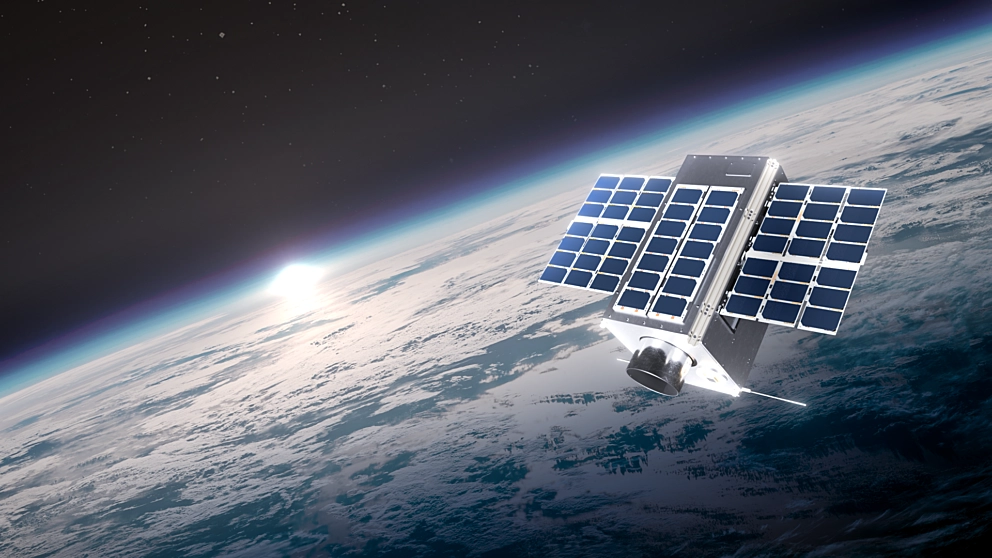
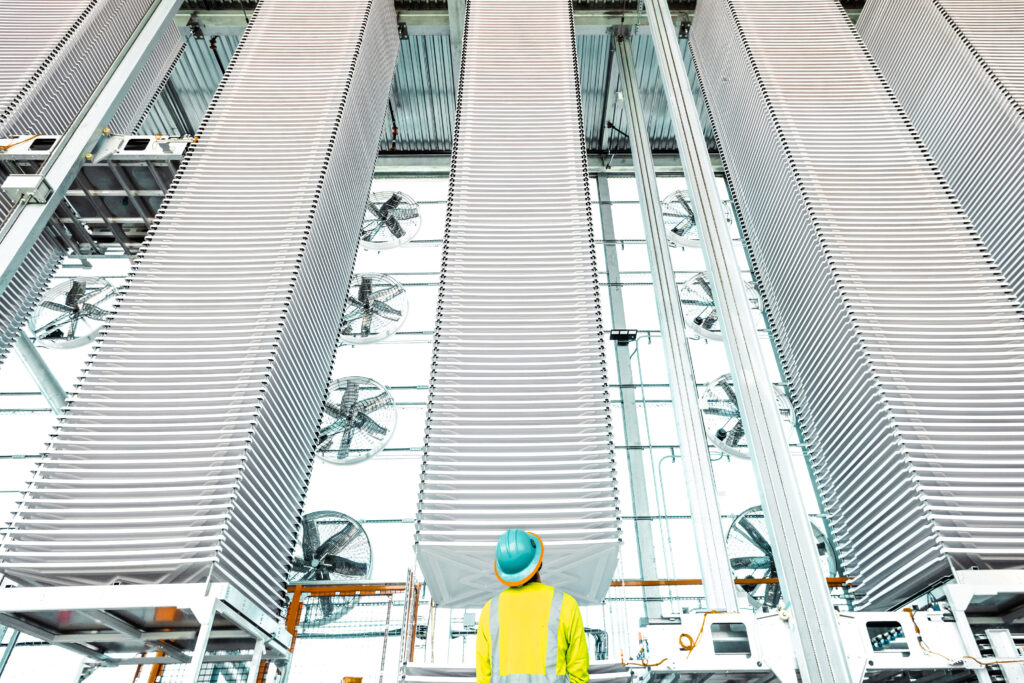
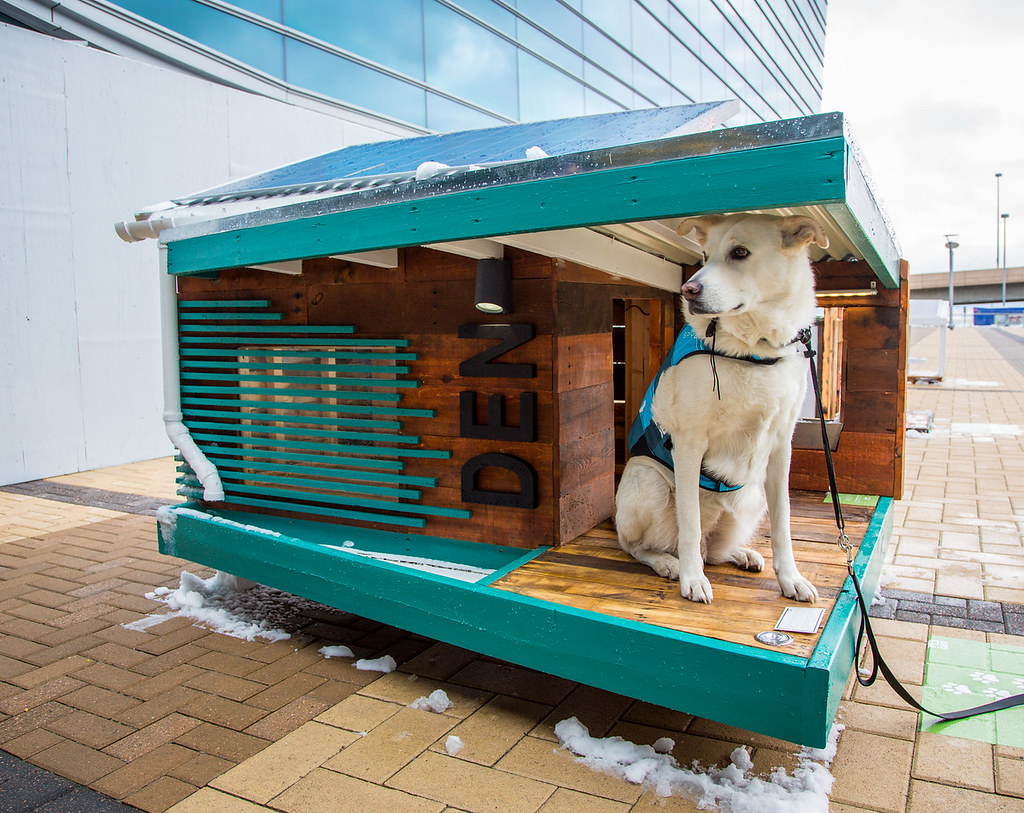

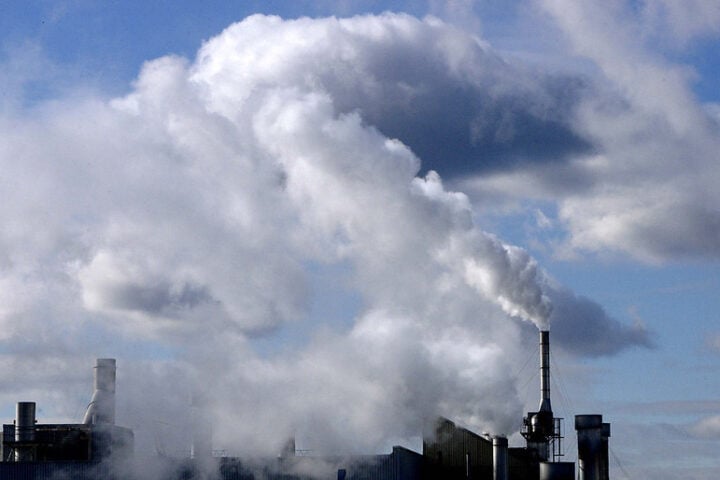
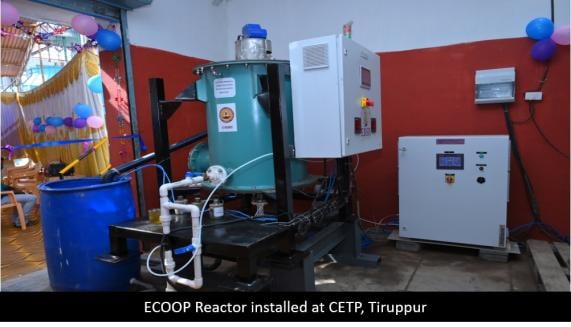

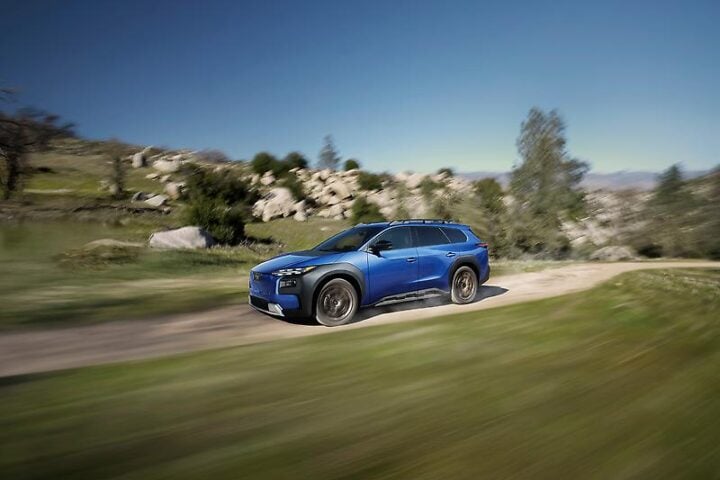
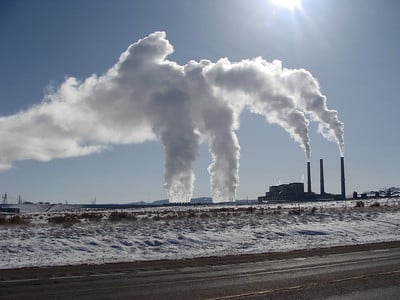

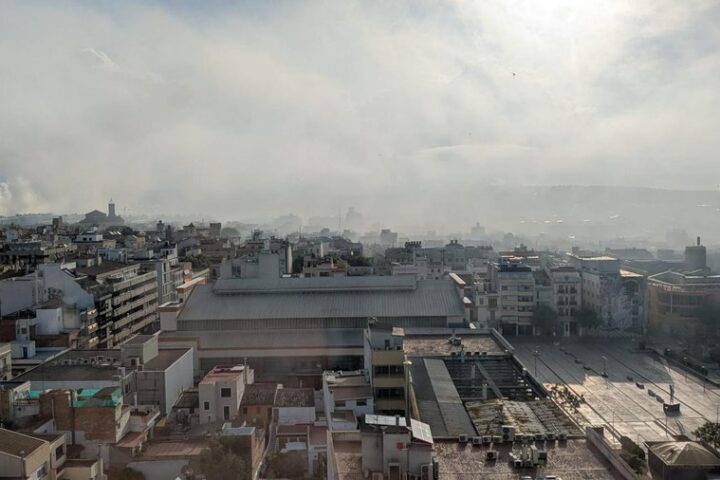
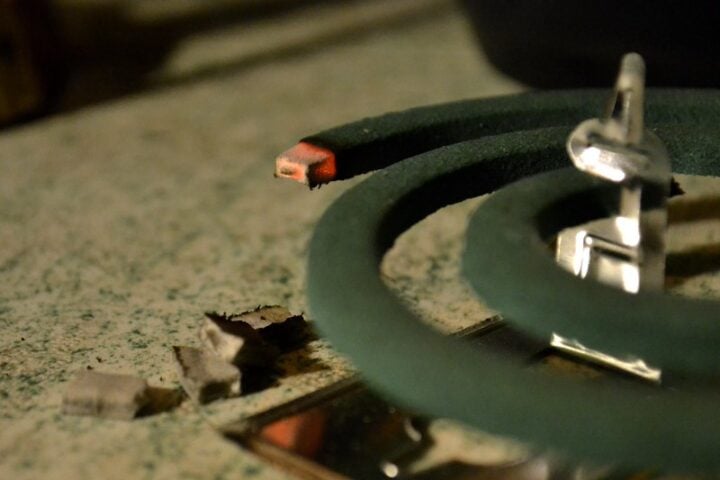
![Big city Los Angeles smog building [photo source: pixabay] [PDM 1.0]](https://www.karmactive.com/wp-content/uploads/2025/04/46-of-Americans—156-M—Now-Breathe-Hazardous-Smog-and-Soot-State-of-the-Air-Report-Exposes-Decade-High-Pollution-1.jpg)


